100 Years Since the 19th Amendment, What’s Changed?
On the anniversary of women gaining the right to vote, the fight for equality continues.
Photo By Audrey Snider
Juniors Audrey Snider and McKenna Hubbard advocate for women’s rights at the Women’s March in downtown Sacramento in 2019.
On August 18, 1920 women were granted the right to vote through the 19th Amendment. Suffragists such as Susan B. Anthony, Elizabeth Cady Stanton and Lucretia Mott worked hard for years to make this possible.
An event that truly sparked this change was in Seneca Falls. Seneca Falls was in New York that held the first women’s convention in 1848. The women who had organized the event were Elizabeth Cady Stanton and Lucretia Mott. The Seneca Falls Women’s Convention was the kickstarter for women leaders to start lobbying, marching and protesting to have the right to vote. After 72 years of suffragists fighting for what they believed was correct they finally were given the right in the 19th Amendment.
What has changed since 100 years ago? While women were fighting for the equality of voting rights then, women are still fighting for equality now.
Movements such as the Women’s March, Women’s rights movement and closing the wage gap are all still active.
The Women’s March began in 2017 and their mission is to shine light on how women are being oppressed and to build transformative social change in the United States. This was done through peacefully protesting and creating inclusivity through self-determination and dignity.
The first march occurred in several places in the U.S. such as Washington D.C. and around 470,000 people were estimated to have attended, Sacramento had around 20,000 and more than 100,000 in San Francisco. Overall, it was concluded that 4.7 million people had participated in the Women’s March in 2017.
The march usually occurs in January, but if the virus is still relevant the march may be postponed or go virtual. There are webinars posted on their website that share information about the virus and how it has affected people.
Another movement was the Women’s rights movement that occurred in the 60’s and 70’s and it advocated for equal rights, access to education, control over their own bodies and wages for women. While the movement took place nearly 50 years ago it still has had lasting effects for women today. Some of the issues they advocated for, up to now still are not equal between women and men. The issues include control over their own bodies which today can be refuted by abortion bans and unequal wages between women and men.
The last movement that was sparked in the 60’s and still advocated and fought for is equal pay. The equal pay movement is fighting for closing the wage gap between women and men in the workforce.
This movement caused The Equal Pay Act of 1963, which stated to eliminate discrimination between men and women in payment.
While this has been put in place, the act needs to be updated and strengthened to finally close the wage gap.
This movement has also been promoted by influential women such as Meghan Rapinoe, Beyonce, and Ruth Bader Ginsberg. It also has equal pay days on their website to help close the wage gap.
Overall, after 100 years of getting the right to vote most women in America still are being oppressed whether it’s from not being able to have control over their bodies or unequal pay, women are still fighting for what they believe in.




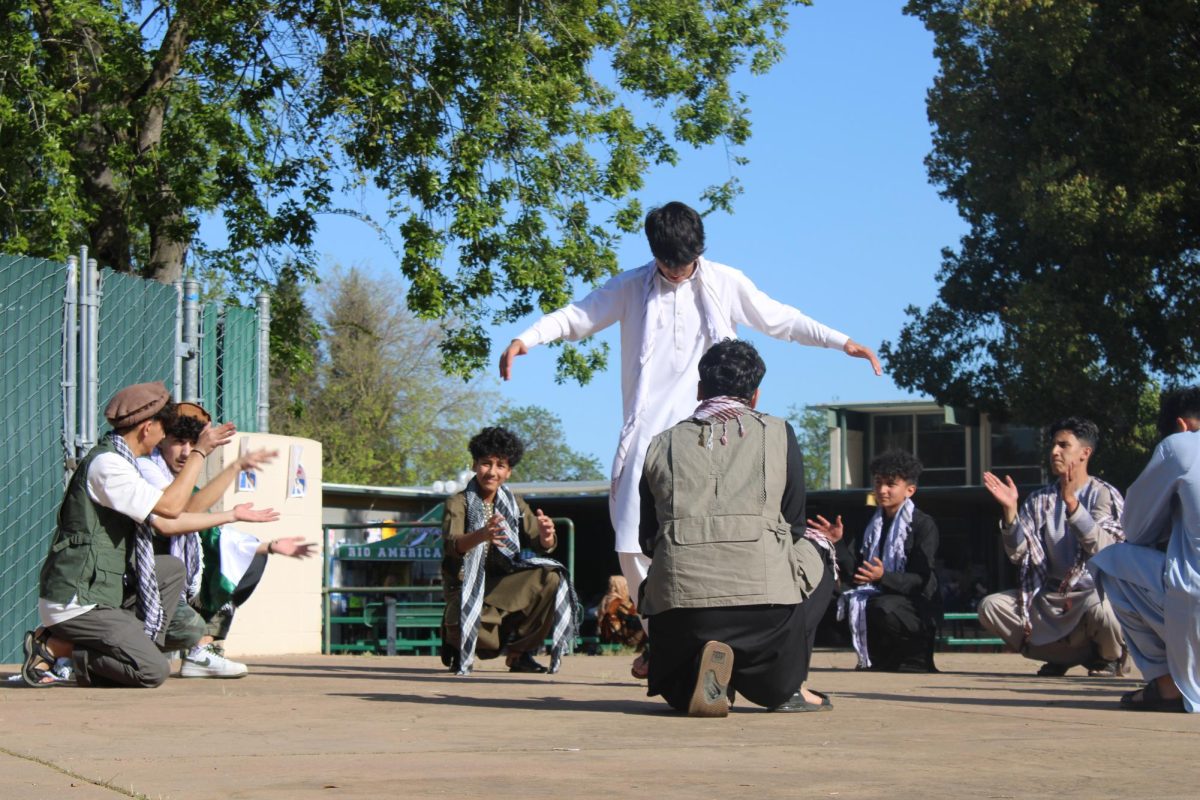


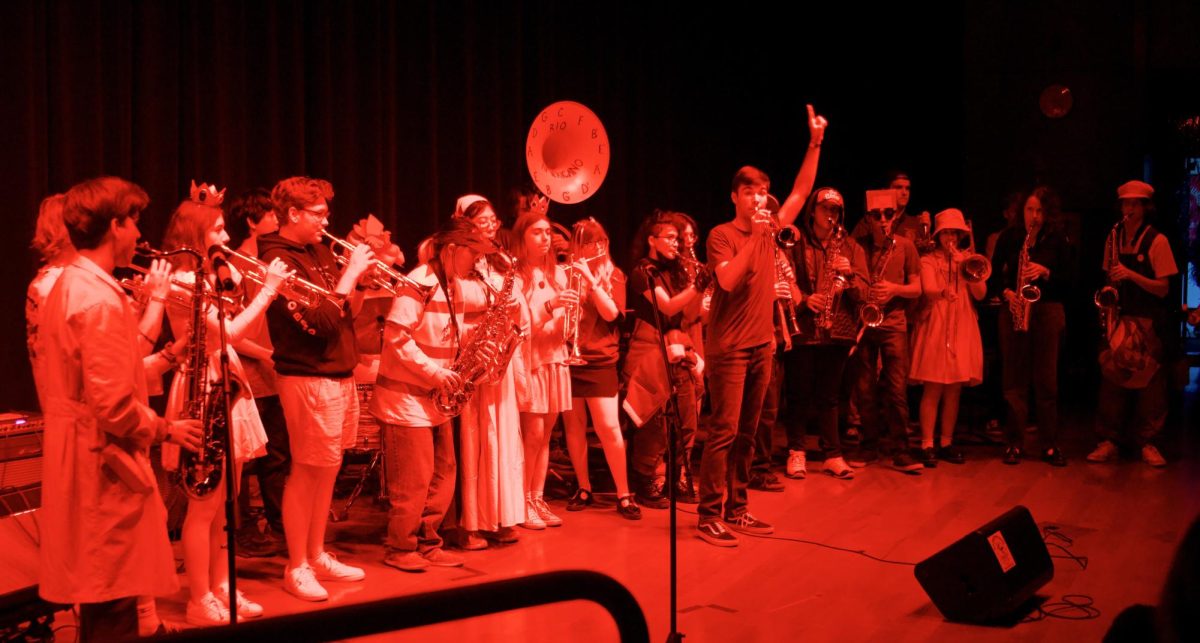
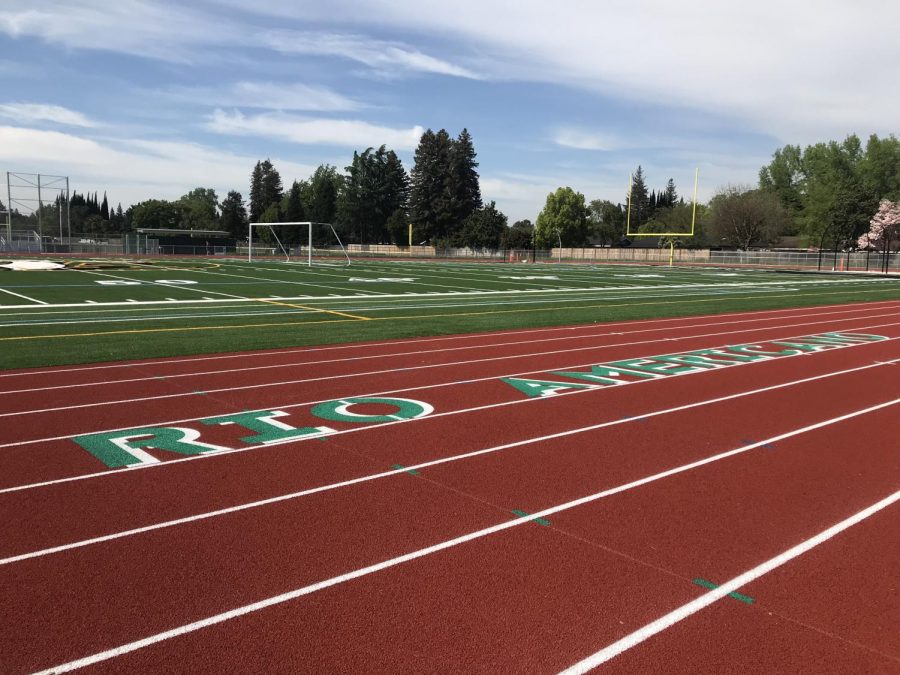


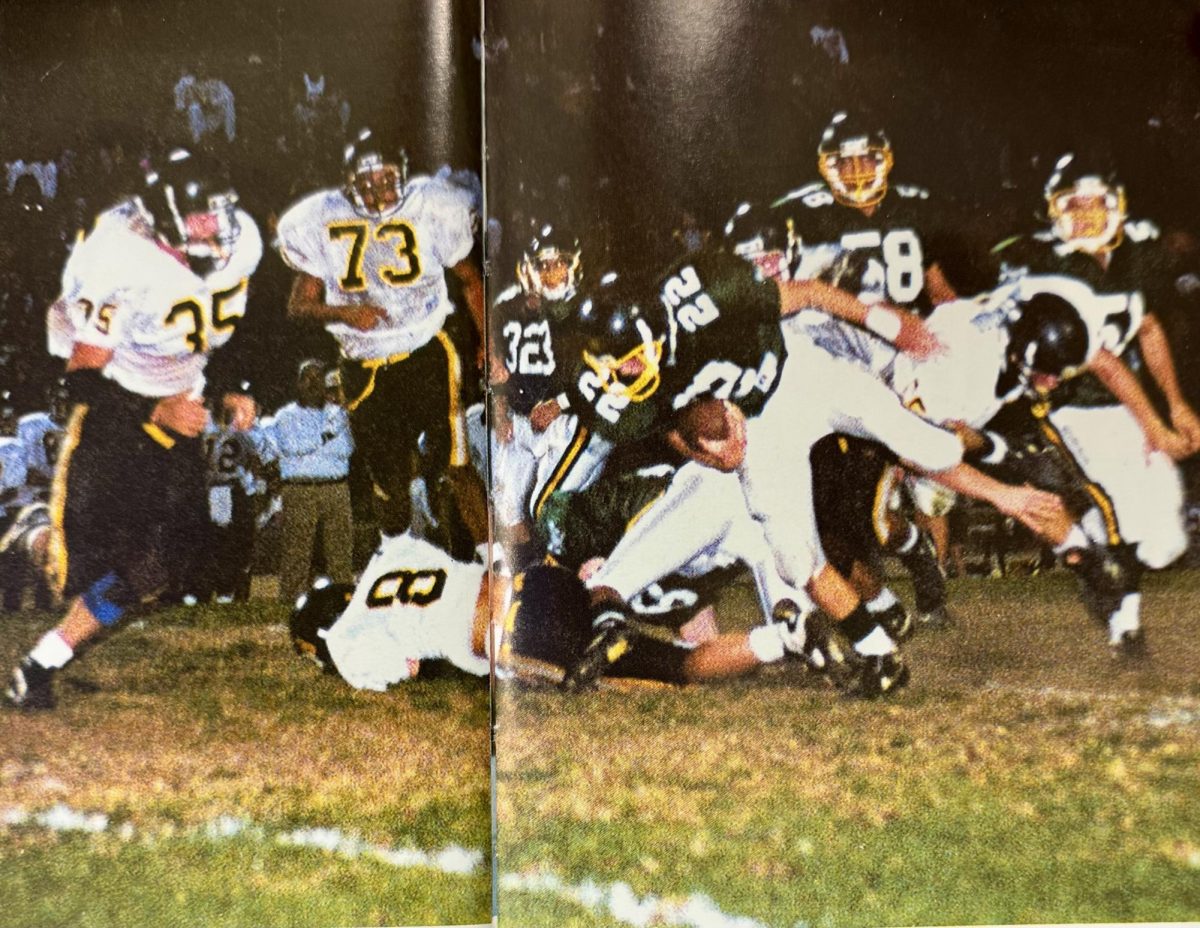




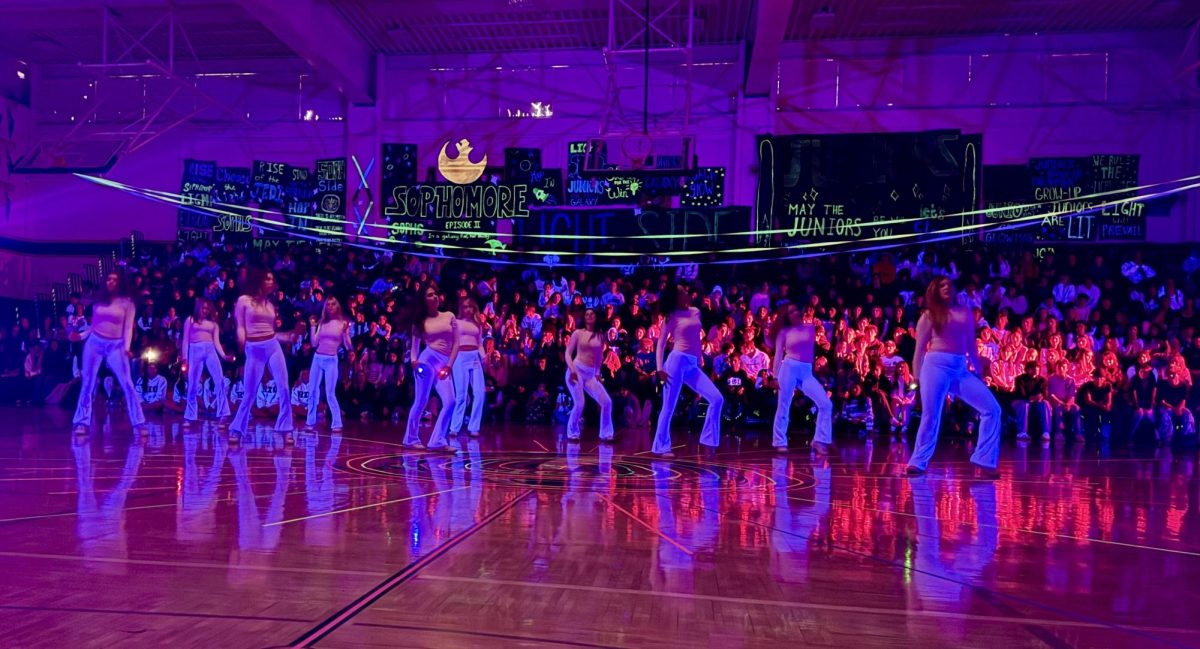







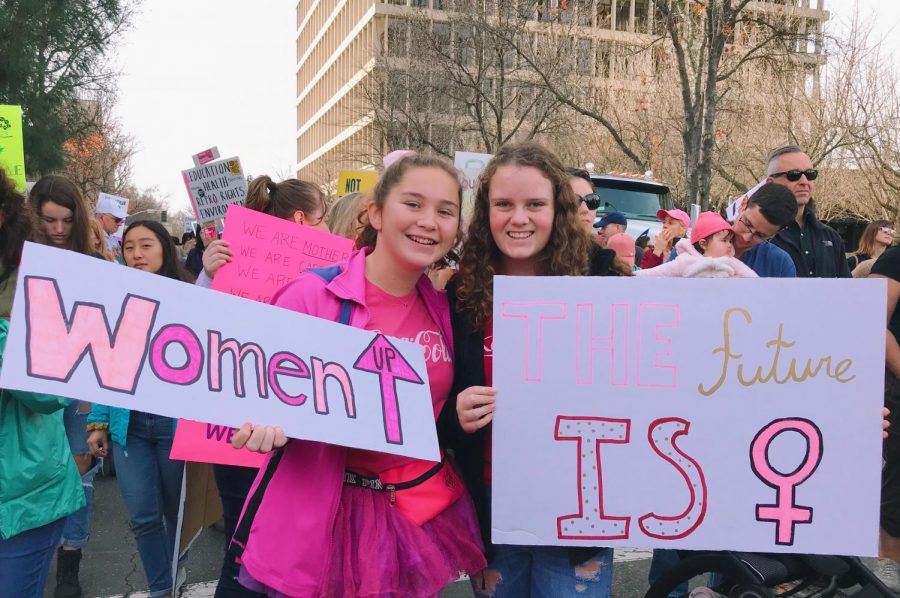


Mika Edwards • Oct 4, 2020 at 10:20 PM
In this day in age it is so important that we do everything in our power to fight for gender equality. While it is frustrating that there is still a lot of work to be done, I’m glad more and more people stand with this cause and are actively helping it, because future generations depend on our every action. I appreciate your writing and bringing light to this topic.
Berta Zepeda • Sep 24, 2020 at 7:54 PM
I really like your article and the point you made from beginning to end. This quote stood out to me very much “While women were fighting for the equality of voting rights then, women are still fighting for equality now.” As young women I understand why this is still happening and why it hasn’t seemed to make a big change. I feel that over time with this new generation of women more woman will have the equality that they need.
maddie bister • Sep 24, 2020 at 4:37 PM
Loved your writing. It is, in fact, saddening to think that we live in “America the great” “America the free” yet women still have to face oppression and control over their own bodies. I love how you tied influential people from different backgrounds: Meghan Rapinoe who plays for the US Womens national team and Ruth Bader Ginsberg. What an amazing piece!
Sumaya Albadani • Sep 23, 2020 at 5:40 PM
The fact that women are still not getting equal rights in a society that preaches equality and freedom baffles me. A woman can work the same exact job as a man, and get payed less simply because of her gender, and gets called crazy when she asks why. I’m glad women are fighting these rights, even though it shouldn’t be a fight, it should be a given.